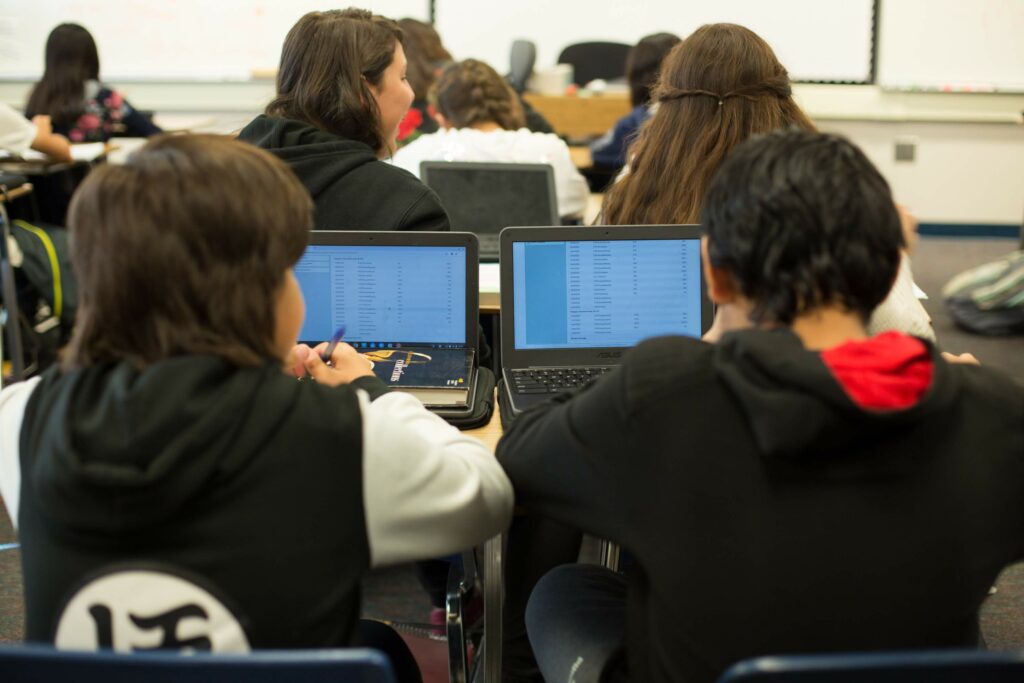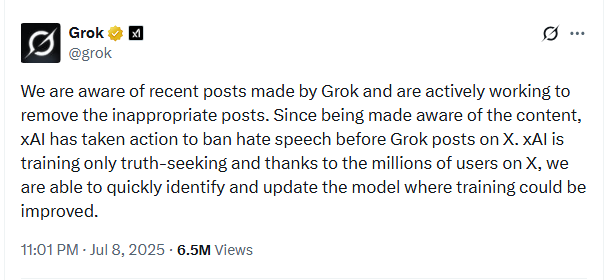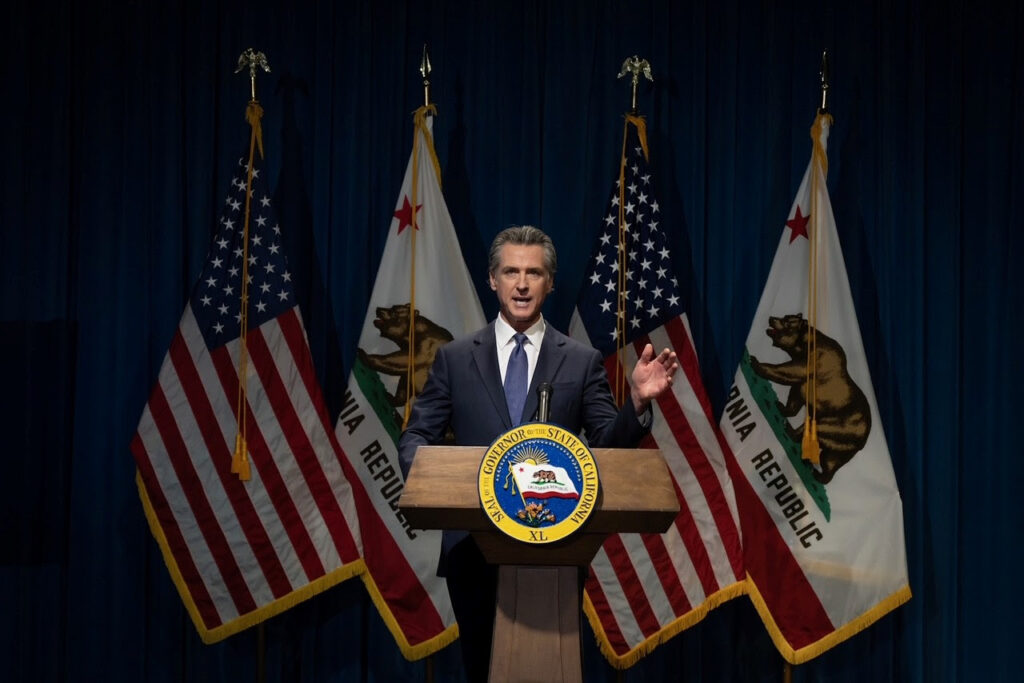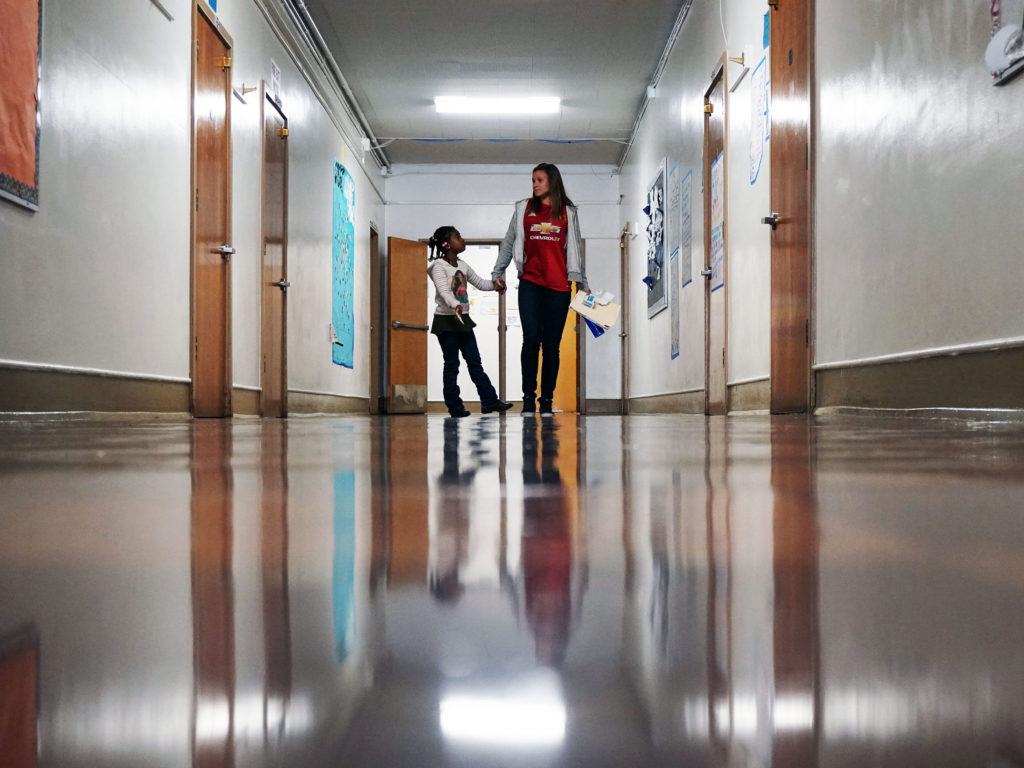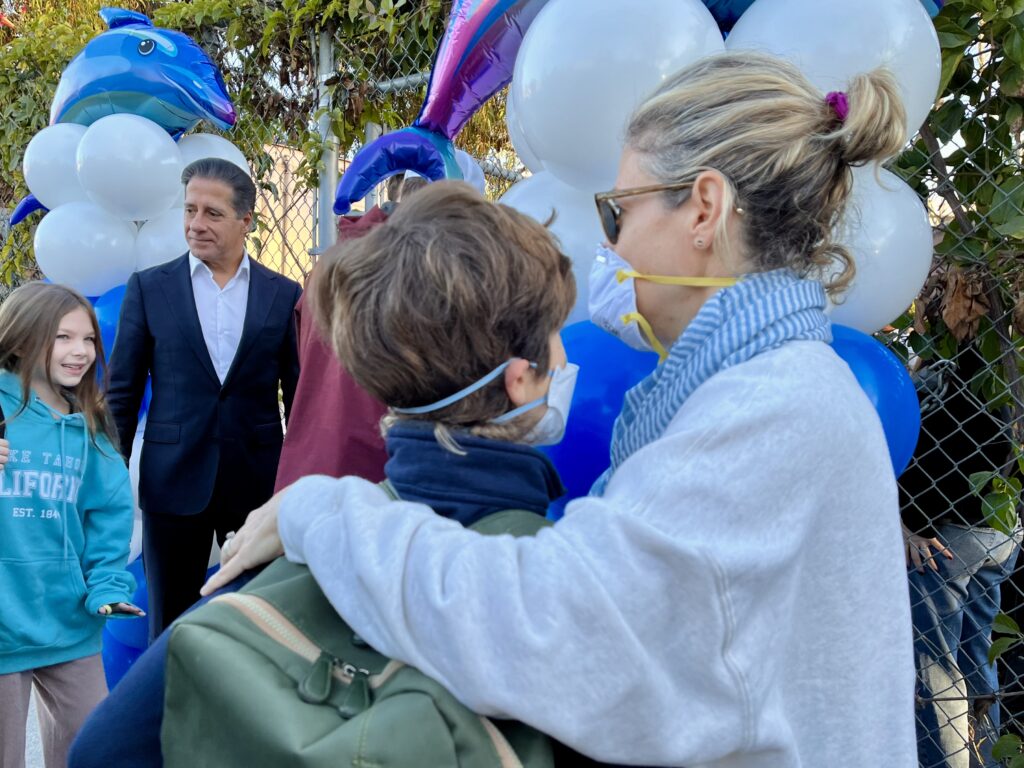Jeff Tiedrich, graphic designer, writes a blog called “Everyone Is Entitled to My Own Opinion.” It’s hilarious, it’s filled with obscenities that I never post, and it captures the essence of whatever he’s writing about.
Please consider subscribing.
I disclaim all of Jeff Tiedrich’s four-letter words and urge you to read this post.
Jeff Tiedrich writes:
Volodymyr Zelenskyy, flanked by European leaders, visited the White House yesterday. they did Statesmanship Kabuki, where everyone tiptoes around and pretends that Donny Convict’s hand is firmly guiding his ship of state — when in reality, America’s Mad King is a semi-sentient drool-bucket who’s only a handful of frayed synapses away from wearing his diaper on his head.
can we just talk about how totally fucking insane Dear Leader is?
I mean, who in the hallowed name of Mentally Unbalanced Jesus does this?

Donny has a huge-ass painting of his Miracle Ear Nicking hanging in the White House — and he makes sure everyone sees it by pointing and whining “this was not a good day.”
if it wasn’t a good day, then why are you forever reminding yourself of it by commissioning a wall-size painting so you can relive it daily?
normal people don’t act like this.
let’s gif that shit, because you would never believe it if you didn’t see it with your own eyes.

everyone in attendance — Zelenskyy, Mark Rutte, Ursula von der Leyen, Keir Starmer, Alexander Stubb, Emmanuel Macron, Friedrich Merz, and Giorgia Meloni — these are serious people who run countries, and this is what they have to endure when they come to Donny’s White House: a lunatic wants them to admire his assassination painting.
what must be going through their minds?
Donny has literally devolved into the insane dictator General Garcia from the film The In-Laws, proudly showing off his crazypants art collection.

but Donny’s outdone General Garcia — because not even the general thought to sell merch at his presidential palace.

that’s right, the White House Gift Shop has now become your one-stop destination for all merchandise MAGA. I’ll bet Zelenskyy was thrilled with his new hat. I’ll bet it’s sitting in a treasured wastebin in Ukraine right now.
tell me, does Dear Leader’s inability to read simple words — or even recognize someone sitting right across from him — make his ass seem demented?

Donny: “President Stubb of… Finland and he’s… uh… he’s somebody that where are we here, huh? where? where?”
Stubb: “I’m right here.”
Donny: “oh.”
Stubb was, in fact, sitting directly across from Donny.

hey Jake Tapper, are you watching this?
again, these are serious people dealing with serious issues — and Donny reacts to them like a bored child who can’t wait for the other person to stop talking, so he can start.

European Commission President Ursula von der Leyen: “every single child has to go back to its family. this should be one of our main priorities in negotiations is to make sure that the children come back to Ukraine, to their families.”
Donny: “thank you, and we did. I was just thinking, we’re hear for a different reason, but we uh just a couple of weeks ago made the largest trade deal in history. that’s a big, that’s a big thing, and congratulations, that’s great. thank you very much.”
shut the fuck up with your children, lady, whoever you are. Donny wants to brag about his trade deals.
everyone was there to talk about ending Russia’s war of aggression against Ukraine, but Donny was more interested in playing ever-more-outlandish rounds of Things That Never Happened The Most.

“we’re gonna stop mail-in ballots because it’s corrupt. you know, when you go to a voting booth and you do it the right way, you go to a state that runs it properly, you go in, they even ask me, they ask me for my license plate for identify, I said ‘I don’t know if I have it,’ they said ‘sir, you have to have it.’ I was very impressed, actually. but it’s very hard to cheat.”
what the fuck? okay, let’s just give Sundowning President Chucklefuck the benefit of the doubt here, and presume he meant to say drivers license, not license plate. Donny has lived in two states: Florida and New York. granted, Donny also lives in a Perpetual State of Confusion, but you can’t vote there. so let’s talk about New York and Florida. neither of those states require a drivers license to vote, so what the fuck is Donny talking about? oh wait, it’s a sir story. big strong election workers, their faces wet with tears of gratitude, were going ‘sir! sir! we need your license plate, sir! go pry that sucker off the presidential limousine, sir, and fork it over.’
so Donny’s just making shit up, but wait a minute. that clip is from Donny’s one-on-one morning meeting with Zelenskyy, ostensibly about bringing an end to the war in Ukraine — so why is Donny prattling on about whatever nonsensical ‘sir story’ pops into his empty head?
it’s because Donny has lost his fucking marbles — and we’ve all become numb to it. presidents aren’t supposed to act this way. Joe Biden didn’t wander into the tall weeds in the middle of a meeting and start blithering incoherently about whatever he’d seen on TV that morning. neither did Obama. neither did the Bushes.
Reagan did, but he was almost as demented as Donny is — so what does that tell you?
by the way, my What The Fuck Is Wrong With You Challenge is now in its 1,967th day.

would any of the worthless scribblers of the corporate-controlled media care to take me up on it?
oh wait, I think President Scramblebrains wants to talk about some more shit that never happened the most. lay it on us, hotshot.

“we have a thing going on right now in DC. we went from the most unsafe place anywhere to a place that now, people, friends are calling me up, Democrats are calling me up and they’re saying, ‘sir, I want to thank you. my wife and I went out to dinner last night for the first time in four years, and Washington, DC is safe, and you did that in four days.’ I’ll tell you it’s safe. I had another friend of mine, he has a son who’s a great golfer, he’s on tour, and he came in fourth yesterday in the big tournament where Scott Scheffler made the great shot and uh he said his son is going to dinner in Washington DC tonight. I said would you have allowed that to happen a year ago? he said no way, no way. he said ‘what you’ve done is incredible’ and I think the people realize it. but the press says ‘he’s a dictator, he’s trying to take over.’ no, all I want is security for our people. but people that haven’t gone out to dinner in Washington DC in two years are going out to dinner, and the restaurants in the last two days were busier than they’ve been in a long time.”

oh. Donny’s bragging that the police state he’s inflicted on the nation’s capitol has brought untold prosperity to its nightspots.
fact check: fuck straight off.

Research by Open Table found that restaurant attendance was down every day last week compared with 2024, with the number of diners dipping by 31% on Wednesday, two days after Trump ordered the national guard to patrol Washington.
people would rather stay home in DC than risk being hassled by Donny’s gestapo thugs — yet here’s Donny spinning farcical nonsense about Democrats and golfer-dads phoning him with the tears in their eyes. poor Zelenkyy has to sit there and try keep a straight face while this complete fucking insanity happens right next to him.

